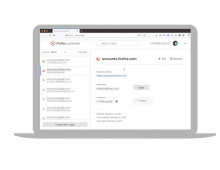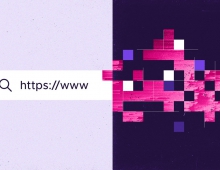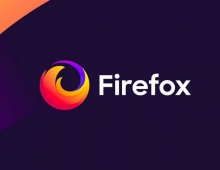
Firefox To Offer Free H.264 Codec Plugin
Mozilla is collaborating with Cisco to support H.264 in its WebRTC implementation. Cisco will distribute OpenH264, a free H.264 codec plugin that Firefox downloads directly from Cisco. Cisco has published the source code of OpenH264 on Github and Mozilla and Cisco have established a process by which the binary is verified as having been built from the publicly available source.
Because H.264 implementations are subject to a royalty bearing patent license mainly to MPEG LA, Mozilla could not to ship H.264 in Firefox directly.
The move comes as no royalty-free codec has managed to get enough adoption to become a serious competitor to H.264. Mozilla said it would continue to support the VP8 video format, although the VP8 has failed to gain sufficient adoption to replace H.264.
"We will continue to work on fully open codecs and alternatives to H.264 (such as Daala), but for the time being we think that OpenH264 is a significant victory for the open Web because it allows any Internet-connected application to use the most popular video format. And while OpenH264 is not truly open, at least it is the most open widely used video codec," Mozilla said.
As a note, Firefox currently uses OpenH264 only for WebRTC and not for the <video> tag, because OpenH264 does not yet support the high profile format frequently used for streaming video.
In related news, Firefox for Android will give you the option to send supported videos straight from the Web pages you visit to streaming-enabled TVs via connected devices like Roku and Chromecast.
All you need to do is find and start to play a video in Firefox for Android. You’ll then see the 'send to device' icon in the video playback controls and the URL bar. Tap on the icon for a list of connected Roku or Chromecast device(s) that are on the same WiFi network. Select the device you want to send your video to.
You can choose the content you want to view in your living room and can play, pause and close videos directly from the Media Control Bar in Firefox for Android. This appears at the bottom of the screen on your Android phone when a video is being sent and stays visible as long as the video is playing, even if you change tabs or visit new Web pages.
Firefox for Android is also now available in Aragonese, Kazakh and Frisian languages.





















